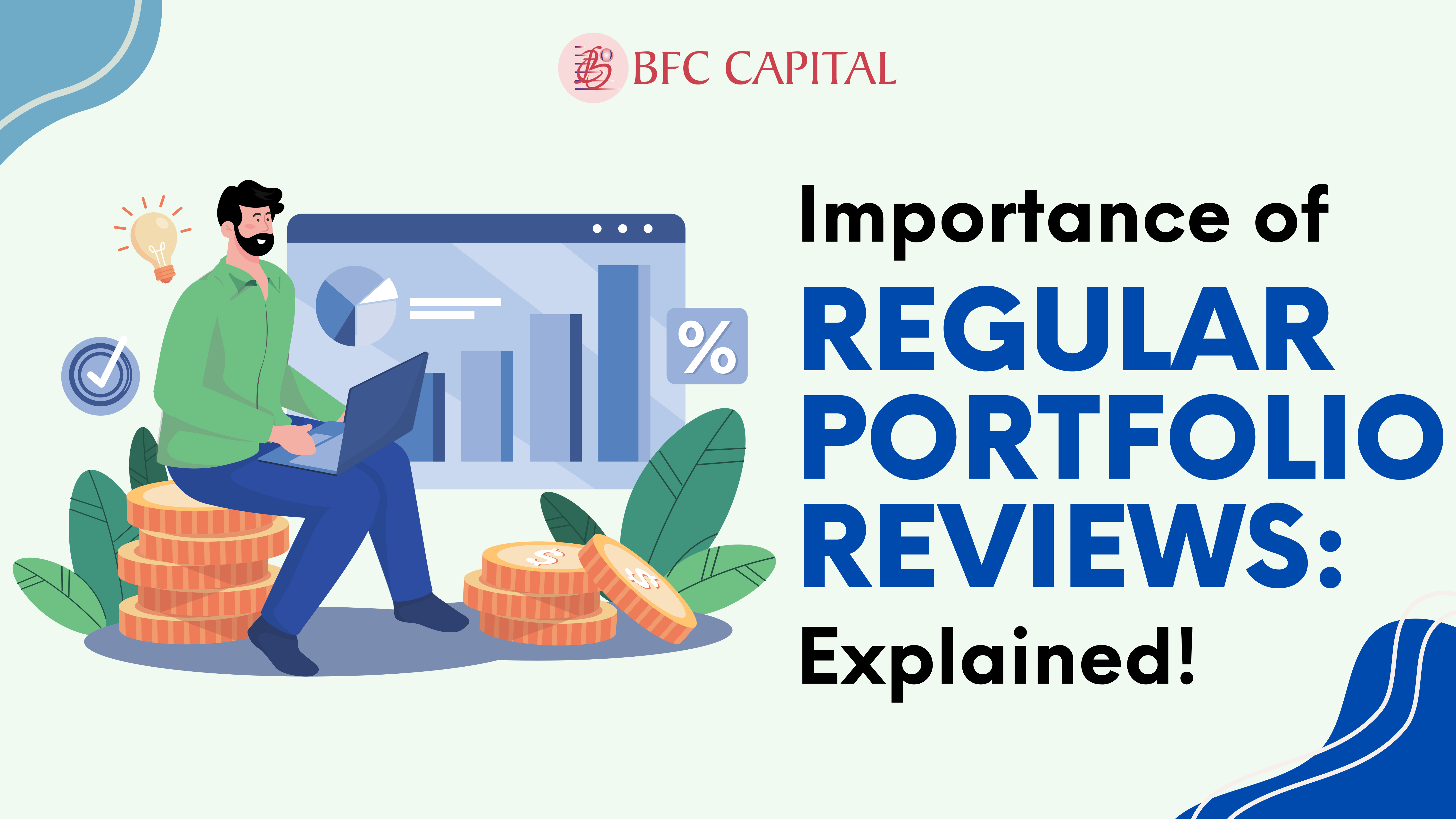
Consider exit loads in mutual funds as a strategic tool, much like your commitment when you join a gym. Just as the gym membership motivates you to make the most of your investment, exit loads in mutual funds discourage short-term investing and promote a long-term approach. This can lead to better returns for investors who stay invested, offering them a promising financial future.
Here is an article that will enlighten you about the crucial concept of exit loads in mutual funds. Please read the full article to gain the necessary knowledge as an investor, as it can significantly influence your investment strategy.
What Is Exit Load? Definition Explained!
If the investors encash or switch out their units within a particular time frame, a mutual fund company levies an exit load fee. The intention of the exit load is to prevent the ‘churning’ of units and to pass on the costs of redemption of units to the fund.
Let’s break it down with a relatable example: Suppose you join an investment club with your friends. We all contribute towards the purchase of various stocks traded in the market. However, if you wish to withdraw your money within the first year, you might be charged an equivalent of 2% of the total amount you wish to withdraw. That charge is the exit load.
Brief About Its Significance
Why exit load: Long-term investments that people make should be unrestricted by exit loads. Remember, firms want their mutual fund holders to refrain from redeeming their units, as one would not like the members of his investment club to leave before a particular stock rises or funds perform.
Here’s the thing: not all mutual funds have exit loads. So, it’s essential to check the details before you invest. But by understanding exit loads, you can avoid any surprise fees when you decide it’s time to cash out.
How To Calculate Exit Load? Covered In Easy Steps
While you learn about calculating Exit load, you should be aware of a few specific terms, which are explained below:
Here’s the formula:
Exit Load = Exit Load Percentage (%) * Number of Units Redeemed * NAV
- Exit Load Percentage: This is the fee the mutual fund charges, expressed as a percentage. The fund’s scheme information document or factsheet will provide this.
- Number of Units Redeemed: This is the number of units you sell out of your total holding.
- NAV (Net Asset Value) at Redemption: This is the current price per unit of the mutual fund on the day you redeem.
Let me explain this to you with the help of an easy example. Suppose that you invested Rs. 50,000 in a mutual fund in which the exit load was 1% if redeemed within one year. We assume the current NAV at redemption is Rs. 100 per unit. You redeem 25% of your holding, which translates to 0.25 * 500 units = 125 units.
Here is a calculation based on the Exit load formula:
1% (exit load) * 125 (units redeemed) * Rs.100 (NAV) = Rs.125
Therefore, the exit load you’ll pay is Rs. 125. The remaining amount (Rs. 12,500 – 125 = 12,375) will be credited to your account.
Bonus Points To Not Miss!
- Some mutual funds might have a tiered exit load structure. Your fee might be higher for redemptions within a shorter period and reduce as the investment horizon increases.
- Exit loads are mainly charged per scheme if you have invested through a SIP, and each SIP installment might be considered for the load calculation.
Thus, if you are a Mutual fund investor, this formula and knowledge regarding exit loads would be instrumental in helping you decide when to claim redemption from your investments.
Frequently Asked Questions About Exit Loads
Why do mutual funds charge exit loads?
Mutual funds’ investment plans are long-term in nature. Exit loads reduce the chances of regular redemptions, which usually interrupt the fund’s investment plan and may negatively affect long-run investors.
Do all mutual funds have exit loads?
Quite to the contrary, not all mutual funds levy exit load. There are many funds, especially those generally construed as long-term investment vehicles, that do not attract any such charges. However, it is advisable to read the scheme information document every time one wishes to invest in a particular fund to see if an exit load applies.
For what length of time is the exit load charged on the mutual fund investments?
The exit load period can also differ from deal to deal in the case of mutual funds. This is often in the first year of investment, though some may take up to three or five years.
Final Thoughts!
It is vital for investors to have information concerning the rates of Exit Loads. It will assist you in understanding the earnings you’ll earn once costs have been incurred. What is essential to bear in mind here is that the actual format of the exit load can differ from one mutual fund scheme to another. The information about the existence and period of exit loads and at what percentage of the investment the load is charged is readily available in the offer document or the mutual fund scheme information document.
Please share your thoughts on this post by leaving a reply in the comments section. Contact us via Phone, WhatsApp, or Email to learn more about mutual funds, or visit our website. Alternatively, you can download the Prodigy Pro app to start investing today!
Disclaimer – This article is for educational purposes only and does not intend to substitute expert guidance. Mutual fund investments are subject to market risks. Please read all scheme-related documents carefully before investing.

Assistant Vice President – Research & Analysis
Akash Gupta heads the Research & Analysis department at BFC CAPITAL, where he combines in-depth market insights with strategic analysis. He holds multiple certifications, including:
- NISM-Series-XIII: Common Derivatives Certification
- NISM-Series-VIII: Equity Derivatives Certification
- NISM-Series-XXI-A: Portfolio Management Services Certification
- IRDAI Certification
With his expertise in equity, derivatives, and portfolio management, Akash plays a key role in providing research-backed strategies and actionable insights to help clients navigate the investment landscape.







